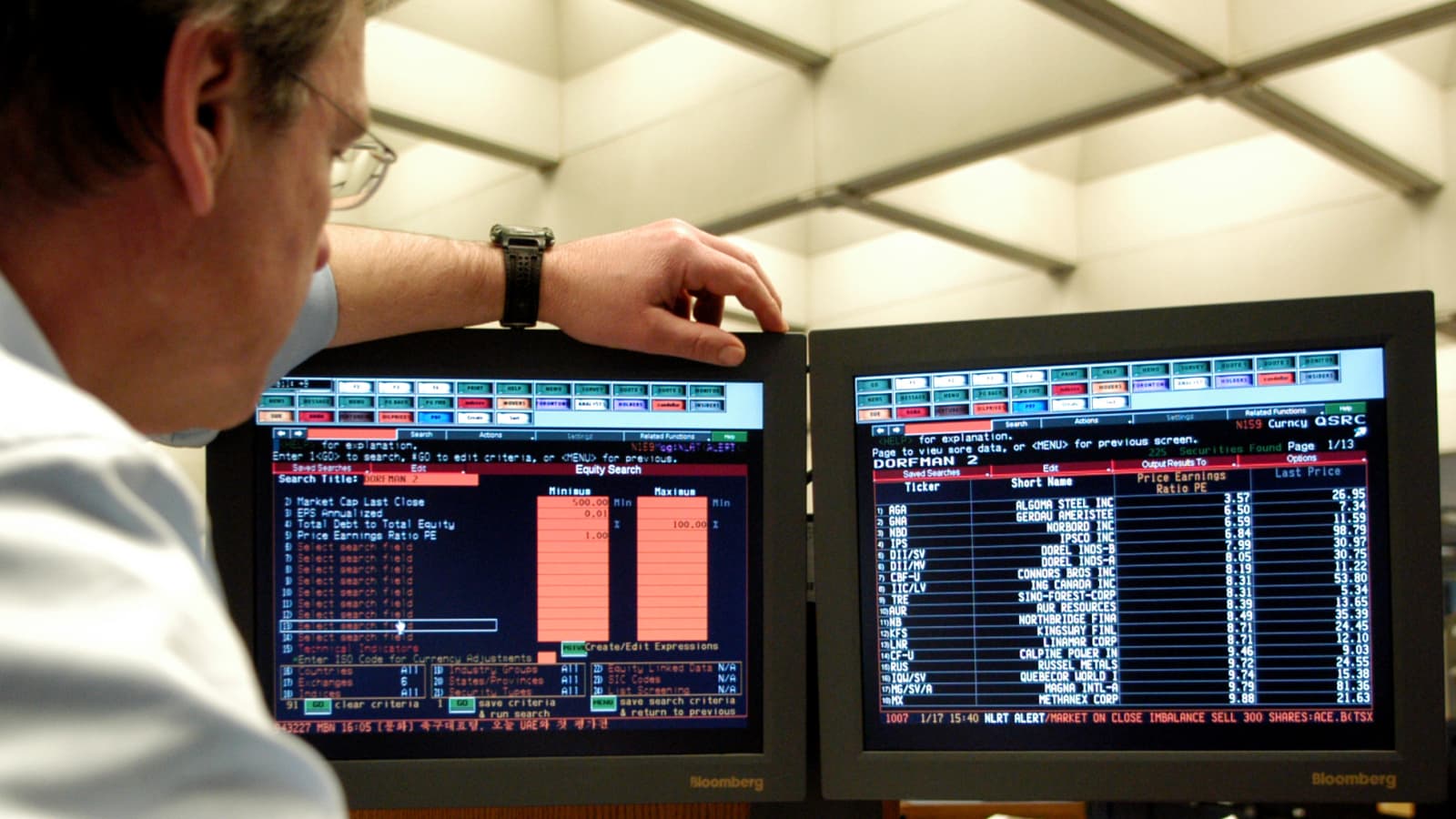It was a fairly timid start to the week but the sell-off accelerated around the open on Wall Street, pushing Europe well into negative territory at the end of the day.
Omicron relief has been replaced by interest rate angst over the past week and that may take some time to pass. We’re seeing data from the US at the moment that appears to show supply issues abating, which should allay temporary inflation pressures, but more permanent pressures – like wages – rising which will concern central banks.
There’s been an acceptance recently that inflation isn’t going to return to target soon or without action, thanks largely to an extremely tight labour market. Lower participation and higher rates of job availability and resignations are leading to higher wage demands and businesses have little choice but to accept it.
Central banks will be hoping it’s a temporary phenomenon but they’ve been wrong in the recent past about the persistence of price pressures. This is understandable given the new world we all now live in but it also means more surprises will likely come this year and policymakers can’t be particularly confident in their assumptions.
Earnings season could provide a welcome distraction from interest rate anxiety that’s reverberating through the markets at the moment. While there are concerns about the pace of tightening and risk of prolonged higher levels of inflation, the economy is also performing well, and reporting on the fourth quarter should reflect that.
Oil eases near highs
Oil prices are easing again on Monday after the rally lost steam around the October highs late last week. Supply issues in Kazakhstan and Libya contributed to the latter stage of the rally, with the bulk since late December coming from more promising omicron data that indicates the economic impact of the new variant will be more subdued than feared.
While prices may be pulling back, aided perhaps by the broader shift in risk appetite in the markets, the fundamentals remain bullish for crude again. Especially if OPEC continues to struggle to hit its quota as part of the 400,000 barrels per day monthly increases, as demand strengthens.
Gold strength a red flag?
Gold saw some reprieve on Friday in the aftermath of the US jobs report, despite US yields continuing to rise on the back of strong wage growth and unemployment falling below 4%. But once again it’s seeing strong resistance at $1,800 and is rotating lower at the start of the week.
On the one hand, it’s hard to put together much of a bullish case for gold, beyond its perceived safe-haven status. But it’s also hard to ignore price action and it continues to put up a fight. And when it’s being aided by a dollar that’s softening in risk-averse markets while US yields rise, perhaps there’s more going on here. It will be an interesting one to watch.
Key support under pressure
Bitcoin is continuing to struggle on Monday and is dangerously close to a significant break below $40,000 which could dampen the outlook in the coming weeks. The cryptocurrency has really fallen out of favour as markets have moved into higher interest rate mode and it’s desperately in need of some positive news. It’s hard to see what that will be in the short run, especially with broader market sentiment turning more negative. Time to be that safe haven so many desperately want it to be?



































